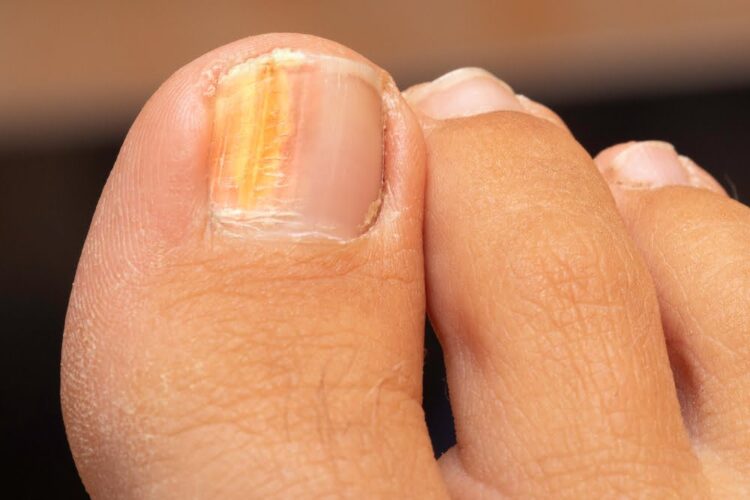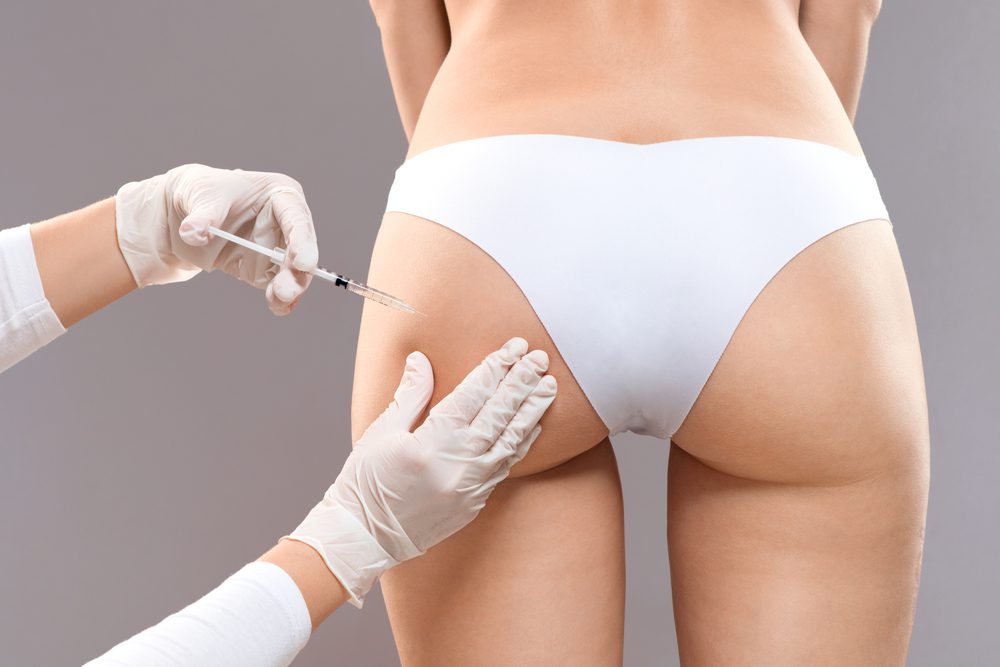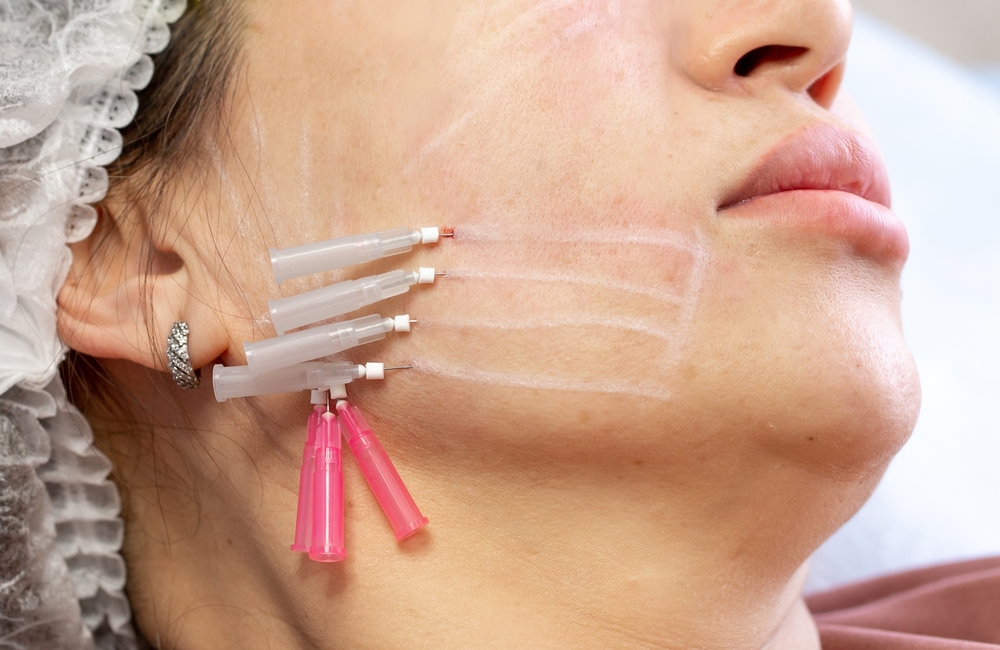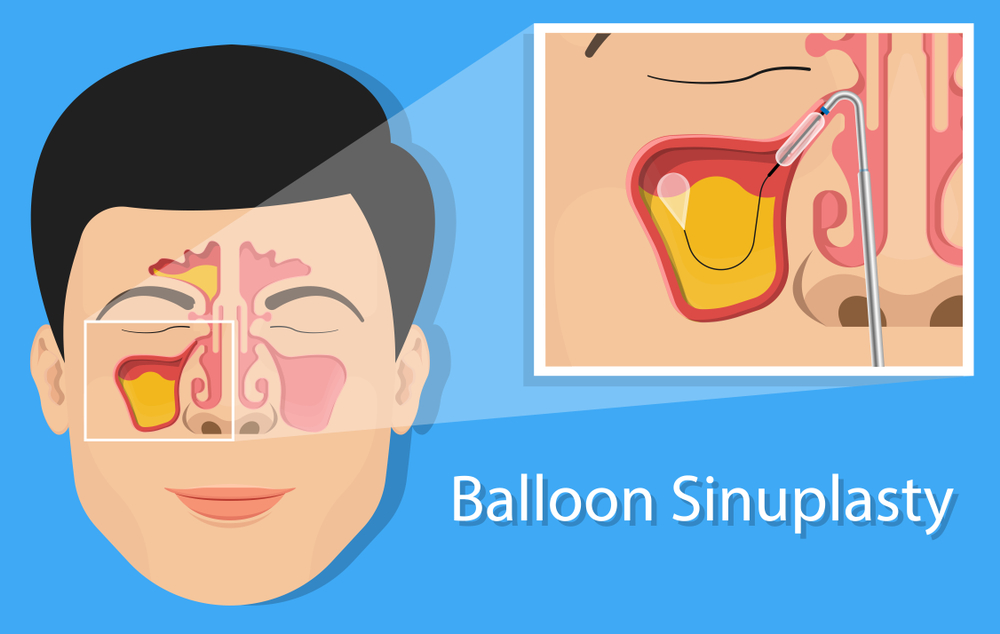In the world of cosmetic enhancements, lip fillers have become incredibly popular. People looking for fuller, plumper lips often turn to this non-invasive procedure to achieve their desired look. But with this trend, a common question arises: Do lip fillers dissolve over time? Understanding the longevity, safety, and effectiveness of lip fillers is key for anyone considering them.
In this article, we’ll delve into the science behind lip fillers, how they work, and what to expect as they dissolve over time. We’ll also include insights from experts in the field, provide answers to frequently asked questions, and offer scientific evidence to back up these claims.
What Are Lip Fillers?
Lip fillers are injectable substances designed to add volume and shape to the lips. The most common type of filler is made from hyaluronic acid (HA), a substance naturally found in the body. HA fillers are popular because they are temporary, safe, and can be adjusted over time.
Types of Lip Fillers.
There are various types of lip fillers, but most fall into two broad categories:
1. Hyaluronic Acid (HA) Fillers: These are the most widely used fillers. Brands like Juvederm, Restylane, and Belotero are some of the most recognized HA fillers. They are favored for their natural look and feel, as well as their ability to be dissolved easily if the results are unsatisfactory.
2. Collagen-Based Fillers: These were once popular but have largely been replaced by HA fillers due to the increased risk of allergic reactions and longer-lasting effects, which aren’t always desired.
How Do Lip Fillers Work?
When a dermatologist or cosmetic professional injects a filler into the lips, the substance adds volume and smooths out any fine lines. Hyaluronic acid fillers, in particular, draw moisture to the area, which helps to keep the lips hydrated and plump for as long as the filler lasts.
“The beauty of hyaluronic acid fillers is that they’re temporary, allowing patients to gradually experiment with their desired look,” explains Dr. Sarah Thompson, a board-certified dermatologist specializing in cosmetic treatments. “HA-based fillers give patients the opportunity to adjust the size and shape of their lips over time without a long-term commitment.”
Do Lip Fillers Dissolve Over Time?
The simple answer is yes, lip fillers do dissolve over time. However, the rate at which this happens depends on several factors, including the type of filler used, the patient’s metabolism, and the care taken after the procedure.
How Long Do Lip Fillers Last?
Most HA-based lip fillers last between 6 to 12 months. Over time, the body naturally metabolizes the hyaluronic acid, breaking it down and absorbing it into the tissues. This is what causes the filler to gradually dissolve, and the lips will return to their original state unless re-treated.
“A lot of my patients ask if they can make their fillers last longer,” says Dr. Lisa Evans, a cosmetic injector with over 15 years of experience. “While it’s impossible to stop fillers from dissolving, maintaining a healthy lifestyle and staying hydrated can help prolong their effects.”
The Process of Filler Breakdown.
Hyaluronic acid fillers are designed to break down gradually. Since HA is a naturally occurring substance in the body, the enzymes responsible for breaking down HA (such as hyaluronidase) will eventually dissolve the filler. This process is slow and controlled, meaning that the lips don’t suddenly deflate; rather, they lose volume gradually over time.
Scientific Evidence: Research shows that hyaluronic acid fillers stimulate the body to produce collagen in the treated area. This means that even after the filler has dissolved, patients may notice a slight improvement in the overall texture and firmness of their lips, thanks to this natural collagen boost.
Factors Affecting How Quickly Lip Fillers Dissolve.
The rate at which lip fillers dissolve can vary from person to person, and several factors come into play:
1. Metabolism: Individuals with a faster metabolism tend to break down fillers more quickly. Active people, such as athletes or those with naturally higher metabolic rates, might notice their fillers dissolving faster than others.
2. Type of Filler: Not all fillers are created equal. Some HA fillers are more cross-linked than others, meaning they are denser and last longer. Thicker fillers tend to last up to 12 months, while thinner ones may dissolve within 6 months.
3. Area Treated: The lips are a highly dynamic area of the face, constantly moving with talking, eating, and expression. This frequent motion can cause fillers to break down faster than in other, less active areas like the cheeks.
4. Aftercare: Proper care after a filler treatment can also affect how long they last. For example, exposure to extreme heat (like saunas or sunbathing) can accelerate the breakdown of fillers.
“Patients who regularly undergo lip filler treatments often report that each subsequent session lasts a bit longer,” explains Dr. Jane Patel, an aesthetic expert. “This is partly due to the body’s increased collagen production, which helps maintain a more youthful structure even after the fillers have dissolved.”
Can Lip Fillers Be Dissolved Intentionally?
While lip fillers naturally dissolve over time, they can also be dissolved intentionally if a patient is unhappy with the results or experiences complications. In these cases, a substance called hyaluronidase is injected into the lips, which breaks down the hyaluronic acid filler almost immediately.
Hyaluronidase is an enzyme that speeds up the breakdown of HA, allowing the body to absorb the filler much faster. Within 24 to 48 hours of injection, the filler is usually gone.
“The ability to reverse HA-based fillers is one of the key reasons why they are so popular,” says Dr. Laura Stephens, a cosmetic dermatologist. “If a patient isn’t satisfied with the look or if there are any side effects, we can quickly and safely dissolve the filler.”
Common Concerns About Lip Fillers Dissolving.
Will My Lips Sag After the Filler Dissolves?
One common concern is that the lips will sag or look deflated after the filler dissolves. The good news is that this is generally not the case. Since hyaluronic acid fillers gradually break down over time, the change in appearance is slow, and most people’s lips return to their natural state without any noticeable sagging.
In fact, some patients notice that their lips look slightly better even after the filler has dissolved, thanks to the collagen boost mentioned earlier.
Can I Speed Up the Process of Dissolving Fillers?
If you’re unhappy with your lip fillers and want to speed up the dissolving process, hyaluronidase is the best option. Otherwise, the natural process cannot be rushed significantly without medical intervention.
How Often Do I Need to Get My Fillers Touched Up?
Most people opt for touch-ups every 6 to 12 months to maintain the desired look. It’s important to discuss your maintenance plan with your cosmetic professional to ensure you don’t overfill or overcorrect.
Scientific Research on Lip Fillers.
Studies on hyaluronic acid fillers have shown that they are not only effective for adding volume but are also safe when used correctly. A study published in the Journal of Clinical and Aesthetic Dermatology concluded that HA fillers are among the safest cosmetic procedures when performed by trained professionals.(1)
Additionally, the American Society of Plastic Surgeons has found that the majority of patients report high satisfaction with their fillers, noting that they appreciate the temporary nature of HA fillers, which allows for adjustments and refinements over time.(2)
“Patients who undergo lip filler treatments tend to come back for repeat treatments because they enjoy the natural-looking results and appreciate the flexibility that comes with temporary fillers,” notes Dr. Karen Mitchell, a leading aesthetic injector.”
Frequently Asked Questions.
1. Do lip fillers hurt?
Most people report minimal discomfort during the procedure. Numbing creams or local anesthetics are often used to reduce pain.
2. How long does the procedure take?
The actual injection process usually takes about 15-30 minutes, depending on the amount of filler being used.
3. Can I reverse the effects of lip fillers?
Yes, hyaluronic acid fillers can be dissolved using hyaluronidase if needed.
4. Will my lips look natural?
When done by an experienced professional, lip fillers can enhance the natural shape of your lips and give a subtle, plump look.
Bottom Line.
Lip fillers are a safe, effective, and temporary way to achieve fuller lips. Over time, fillers do dissolve naturally, but the rate of dissolution varies from person to person. For those looking for flexibility in their cosmetic treatments, hyaluronic acid fillers offer the perfect solution, with the added benefit of reversibility.
By understanding how fillers work and how they dissolve over time, you can make informed decisions about whether lip fillers are right for you. With the guidance of a qualified cosmetic professional, you can achieve the look you desire while maintaining the health and natural beauty of your lips.
+2 Sources
Verywelfit has strict sourcing guidelines and relies on peer-reviewed studies, educational research institutes, and medical organizations. We avoid using tertiary references. You can learn more about how we ensure our content is accurate and up-to-date by reading our editorial policy.
- Aesthetic Dermatologic Treatments: Consensus from the Experts; https://pmc.ncbi.nlm.nih.gov/articles/PMC4635431/
- The Hyaluronic Acid Fillers; https://www.researchgate.net/publication/283282418_The_Hyaluronic_Acid_Fillers
How we reviewed this article:
Our team of experts is always monitoring the health and wellness field, ensuring that our articles are updated promptly as new information emerges. See Our Editorial Process
Oct 22, 2025
Written By: Gabrielle Richens
Reviewed By: Precious-Rutlin
Written By: Gabrielle Richens
Reviewed By: Precious-Rutlin

 Workout
Workout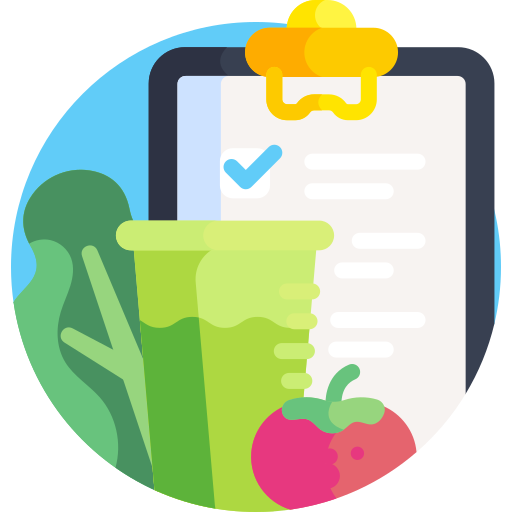
 Meditation
Meditation





 Contact Us
Contact Us







